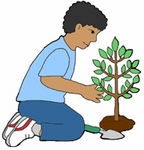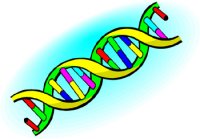
Worksheets and No Prep Teaching Resources
Reading Comprehension Worksheets
Caring for Earth

Caring for Earth
 Worksheets and No Prep Teaching Resources Reading Comprehension Worksheets Caring for Earth |
 Caring for Earth |
| edHelper's suggested reading level: | grades 9 to 12 | |
| Flesch-Kincaid grade level: | 8.66 |
|
GMOs and the Environment, Part 1
By Mary Lynn Bushong |

|
 1 Not long ago, headlines were made when genetically modified corn was found to have been added into the human food chain. Why was there such an outcry at the time? What was it about a GMO (genetically modified organism) crop that was so alarming? Perhaps the biggest reason people feared it is that no one was certain about the long term effects of these genetically modified crops.
1 Not long ago, headlines were made when genetically modified corn was found to have been added into the human food chain. Why was there such an outcry at the time? What was it about a GMO (genetically modified organism) crop that was so alarming? Perhaps the biggest reason people feared it is that no one was certain about the long term effects of these genetically modified crops. |
Create Weekly Reading Books
Prepare for an entire week at once! |
| Leave your feedback on GMOs and the Environment, Part 1 (use this link if you found an error in the story) |
 |
Caring for Earth
|
 |
High School Reading Comprehensions and High School Reading Lessons
|
 |
Earth Day Activities, Printables, Worksheets, and Lesson Plans for Kids
|
 |
Science
|